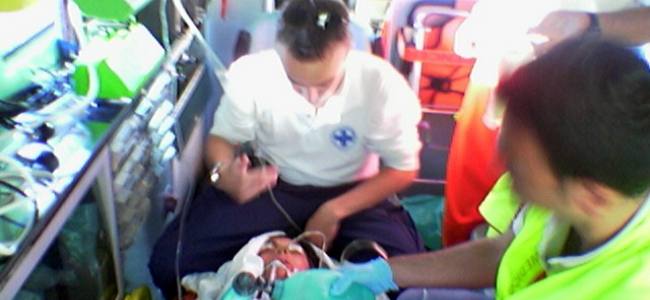
Successfull intubation practice with Succinylcholine Versus Rocuronium
In Emergency Departments around the world, intubation is performed and it is a critical procedure because of its circumstances and of course, because of the gravity of the patient.
ED intubations typically entail rapid sequence intubation, with coadministration of a sedative agent and a paralytic medication, however there is also a second way to intubate, i.e. with the use of succinylcholine versus rocuronium.
To facilitate rapid first-pass success and to mitigate adverse events, rapid achievement of ideal intubating conditions is important. Paralysis may influence success rate in case of the use of succinylcholine and rocuronium. Although the anesthesia literature suggests better conditions for rapid sequence of the process with succinylcholine than rocuronium, the best paralytic for ED rapid sequence remains unknown.
Study objective
Although both succinylcholine and rocuronium are used to facilitate emergency department (ED) rapid sequence intubation, the difference in intubation success rate between them is unknown. We compare first-pass intubation success between ED rapid sequence intubation facilitated by succinylcholine versus rocuronium.
Methods
We analyzed prospectively collected data from the National Emergency Airway Registry, a multicenter registry collecting data on all intubations performed in 22 EDs.
We included patients older than 14 years who received succinylcholine or rocuronium during 2016. We compared the first-pass intubation success between patients receiving succinylcholine and those receiving rocuronium.
We also compared the incidence of adverse events (cardiac arrest, dental trauma, direct airway injury, dysrhythmias, epistaxis, esophageal intubation, hypotension, hypoxia, iatrogenic bleeding, laryngoscope failure, laryngospasm, lip laceration, main-stem bronchus intubation, malignant hyperthermia, medication error, pharyngeal laceration, pneumothorax, endotracheal tube cuff failure, and vomiting).
We conducted subgroup analyses stratified by paralytic weight-based dose.
Results
There were 2,275 rapid sequence intubations facilitated by succinylcholine and 1,800 by rocuronium. Patients receiving succinylcholine were younger and more likely to undergo the process with video laryngoscopy and by more experienced providers.
First-pass success rate was 87.0% with succinylcholine versus 87.5% with rocuronium (adjusted odds ratio 0.9; 95% confidence interval 0.6 to 1.3). The incidence of any adverse event was also comparable between these agents: 14.7% for succinylcholine versus 14.8% for rocuronium (adjusted odds ratio 1.1; 95% confidence interval 0.9 to 1.3). We observed similar results when they were stratified by paralytic weight-based dose.
Conclusion
In this large observational series, we did not detect an association between paralytic choice and first-pass rapid sequence success or peri-intubation adverse events.
intubation pdf
Authors
-
- Michael D. April, MD, DPhil
- Allyson Arana, PhD


